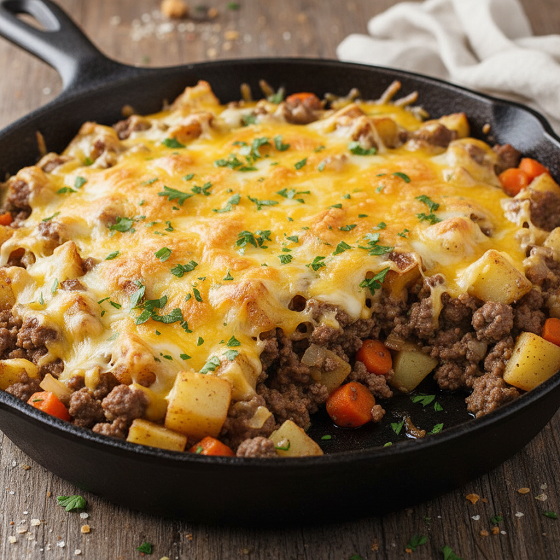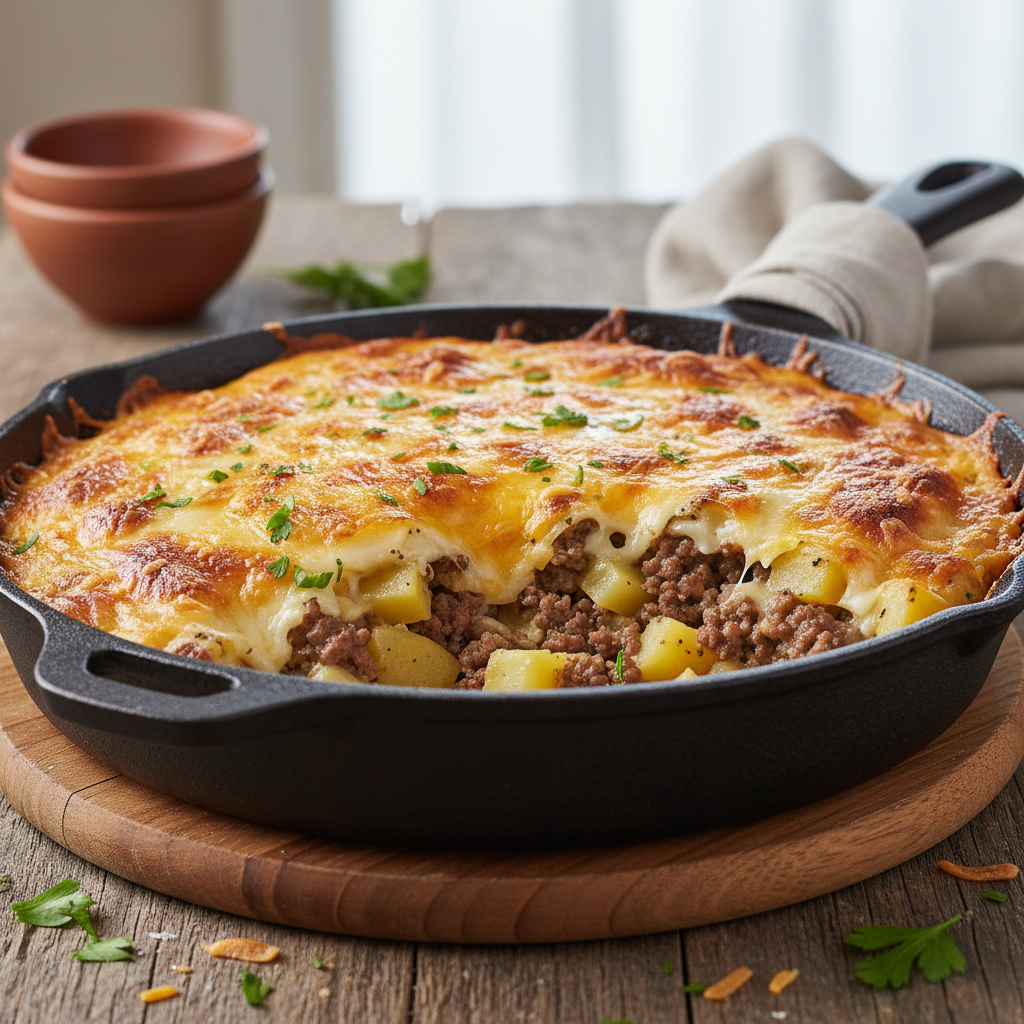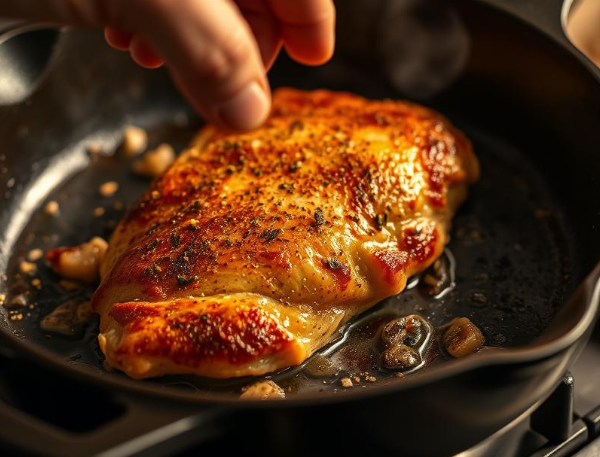If you’ve ever wondered how to transform those overripe bananas into a delicious treat, you’re in the right place. This classic banana bread recipe is a timeless favorite that turns simple ingredients like ripe bananas, sugar, butter, and flour into a moist, flavorful loaf that’s perfect for breakfast, snack time, or even dessert.
Whether you’re new to baking or a seasoned home baker, this homemade banana bread combines the comforting aroma of vanilla extract with the perfect texture from well-mashed bananas and the right balance of baking soda and baking powder. Plus, you can easily add chocolate chips or nuts to elevate it further.
Baking this classic loaf in a standard 9×5 inch loaf pan takes about an hour, and you’ll soon discover why banana bread recipes remain a staple in kitchens everywhere.
Necessary Ingredients and Substitutions
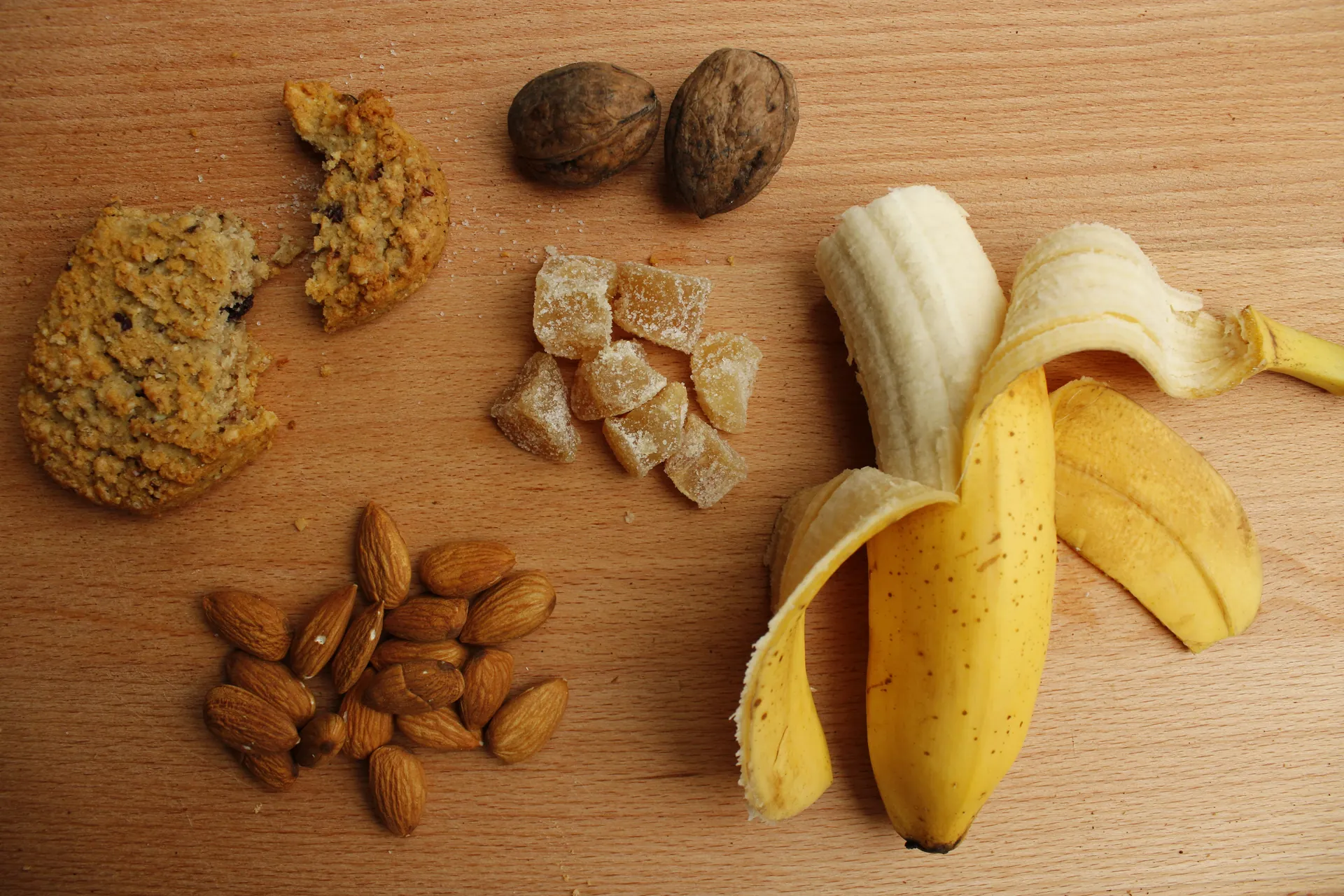
Key Ingredients
To make a classic banana bread, you’ll need a handful of essential ingredients that balance flavors and textures perfectly. Start with ripe or overripe bananas, which provide natural sweetness and moisture. Butter (either melted or softened to room temperature) adds richness and tenderness to the crumb.
Sugar, whether granulated or brown sugar, contributes sweetness and helps create a tender, moist bread. Flour, typically all-purpose, forms the structure of the banana bread.
Baking soda is essential for leavening, helping the bread rise and become light. Eggs bind the ingredients and add moisture, while vanilla extract enhances the overall flavor. A pinch of salt rounds out the taste.
These staples come together to form the batter that will bake into your moist banana bread loaf.
Possible Substitutions
If you’re looking to tweak the classic recipe, there are plenty of substitutions that work well without sacrificing that beloved banana bread texture or flavor. Instead of butter, you can use oil or even applesauce for a lower-fat option, though butter provides a richer taste. Brown sugar can replace white sugar for a deeper molasses flavor, or you might mix the two.
For flour, unbleached all-purpose flour is standard, but whole wheat flour can be used to add nuttiness and fiber, bearing in mind it may result in a denser loaf. If you don’t have baking soda, baking powder can often be substituted, though it may require adjustment in quantity. When it comes to eggs, you can substitute with flax eggs or applesauce for a vegan version.
Adding chocolate chips or nuts like walnuts or pecans is also a popular way to customize your banana bread recipe to your taste.
Step-by-Step Baking Instructions
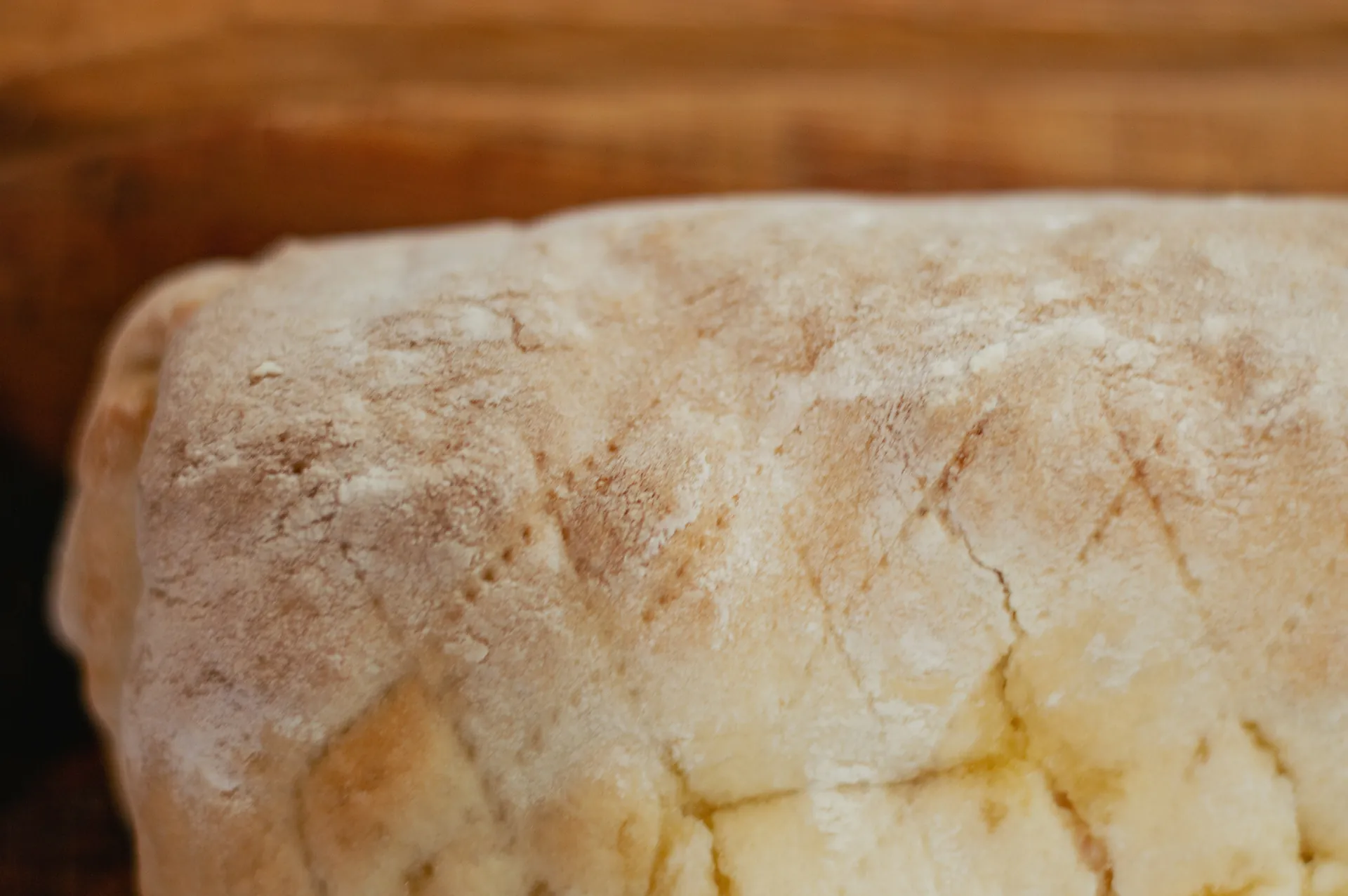
Preparing the Batter
Begin by preheating your oven to 350°F (175°C) and greasing a 9×5-inch loaf pan to prevent sticking. In a large mixing bowl, mash your ripe bananas thoroughly until smooth; the riper the bananas, the more flavor and natural sweetness they add. Next, mix in the melted or softened butter along with your choice of sugar—brown sugar lends a deeper, caramel-like flavor, while white sugar keeps it light.
Beat in the eggs one at a time, followed by a splash of vanilla extract for aroma and richness.
In another bowl, whisk together the flour, baking soda, and salt. Gradually add this dry mixture to your wet ingredients, stirring gently just until combined to avoid overmixing, which can make the bread dense.
The batter should be thick but moist—perfect to scoop into your loaf pan. If you want to enhance your banana bread, this is the moment to fold in chocolate chips or nuts for extra texture and flavor.
Baking the Perfect Loaf
Pour your batter evenly into the prepared loaf pan, smoothing the top with a spatula. Place the pan on the middle rack of the oven and bake for about 50 to 60 minutes. Start checking around 50 minutes by inserting a toothpick into the center—if it comes out clean or with just a few moist crumbs, your bread is done.
If the top is browning too quickly, tent it loosely with aluminum foil halfway through baking to prevent burning. Once baked, allow the banana bread to cool in the pan for 15 minutes before transferring to a wire rack to cool completely. This rest time helps the bread set, making it easier to slice without crumbling.
Expert Baking Tips and Tricks
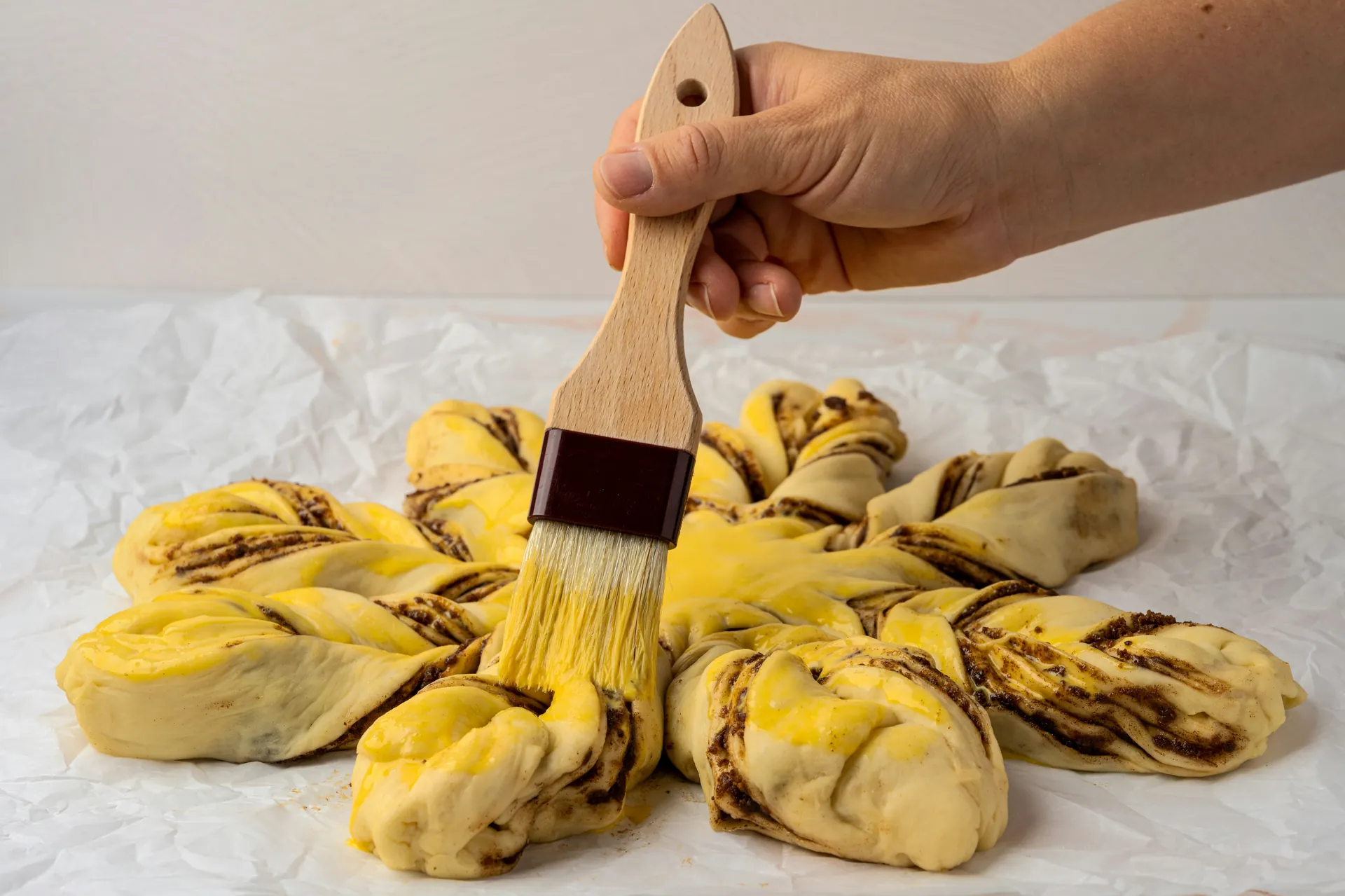
Enhancing Flavor and Texture
To take your classic banana bread to the next level, pay attention to the ripeness of your bananas—the riper, the better. Overripe bananas with brown spots produce a naturally sweeter and moister banana bread, creating that coveted homey texture.
You can even ripen bananas quickly by placing them unpeeled on a baking tray in a 300°F oven for 20–30 minutes. This process intensifies their flavor.
Incorporate mix-ins like chocolate chips or chopped nuts to add texture and bursts of flavor, but fold them in gently so the batter remains fluffy. Using brown sugar instead of white sugar will impart a caramel-like richness, while adding a splash of sour cream or yogurt can enhance moisture and tenderness.
Don’t forget vanilla extract—it rounds out the flavors beautifully.
Finally, avoid rushing the baking process by sticking to the recommended 350°F oven setting. A slower bake ensures the loaf cooks evenly without a burnt crust or undercooked center. Use a toothpick to check doneness; it should come out with just a few moist crumbs attached.
Troubleshooting Common Issues
If your banana bread turns out gummy or dense, it might be due to too much liquid in the batter. Keep the amount of mashed bananas and any additional wet ingredients like sour cream or yogurt balanced—too much moisture can lead to an underbaked center.
Overmixing the batter can also cause a tough texture by developing too much gluten, so mix just until combined.
Another common problem is a bitter or metallic taste, which often comes from using too much baking soda or baking soda not fully reacting with the acidic ingredients. Make sure your bananas are ripe enough to provide enough acidity, and measure baking soda carefully.
If your bread browns too quickly on top, loosely tent it with foil partway through baking to prevent a burnt crust while the inside finishes cooking thoroughly.
Let your banana bread cool completely before slicing. This resting period allows sugars and moisture to redistribute, resulting in cleaner slices and improved flavor. For long-term storage, freeze banana bread wrapped tightly to preserve its moistness and taste.
Conclusion
Remember, the key to crafting the best banana bread lies in using perfectly ripe bananas and carefully balancing your ingredients to achieve a moist and flavorful loaf. Take your time to mix the batter gently and bake at the right temperature to ensure that ideal texture. For a personal touch, feel free to add chocolate chips or nuts to match your taste preferences.
Now that you have the classic banana bread recipe along with expert tips, it’s time to gather your ingredients and bake your own delicious homemade banana bread. Savor every warm, comforting slice and share the joy with your family and friends.
FAQ
What type of bananas should I use for the best flavor in my classic banana bread?
For the best flavor in classic banana bread, use red bananas for a unique, moist, and flavorful loaf, as they won the Dole taste test. Alternatively, ripe to overripe Cavendish bananas, heavily spotted or blackened, provide optimal sweetness and flavor. Overripe bananas are essential for both sweetness and moisture.
Can I substitute butter with oil in this banana bread recipe, and how will it affect the texture?
Yes, you can substitute butter with oil in banana bread. Using oil makes the bread moister and results in a softer texture, while butter adds more flavor and a slightly denser crumb.
Oil generally yields a lighter, more tender banana bread compared to butter’s richness and firmness.
What is the recommended oven temperature and baking time to ensure moist banana bread without drying out?
The recommended oven temperature to ensure moist banana bread is 350°F (177°C). Baking time ranges between 50 to 65 minutes, depending on the recipe and loaf size. To prevent drying out, loosely cover the bread with foil halfway through baking and check for doneness with a toothpick (it should come out with moist crumbs).
Cooling the bread in the pan before removing it also helps retain moisture.
How should I store banana bread to keep it fresh, and can it be frozen for later use?
Store banana bread wrapped tightly in plastic wrap or foil at room temperature, away from heat and sunlight, for 2-5 days to keep it fresh. For longer storage, refrigerate it in an airtight container with a towel to prevent drying for up to a week.
Yes, banana bread freezes well; wrap it tightly and freeze for months. Thaw it before use.
